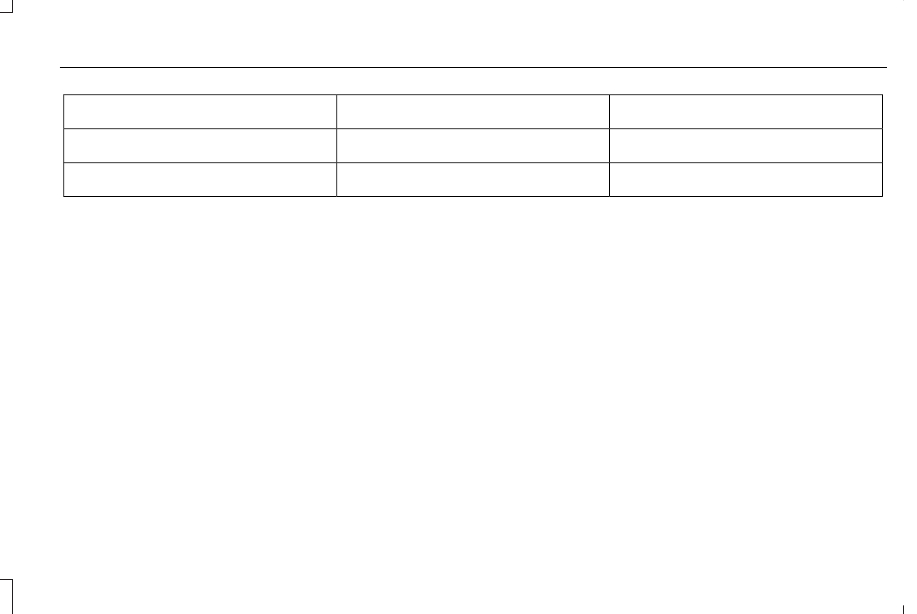Lincoln MKC (2019 year). Manual - part 16

Maximum trailer weight
1
Maximum GCWR
Powertrain
3000 lb (1361 kg)
7400 lb (3357 kg)
2.0L GTDI AWD
3
3000 lb (1361 kg)
7420 lb (3366 kg)
2.3L GTDI AWD
3
1
Calculated with SAE J2807 method.
2
Without trailer towing package.
3
With trailer towing package.
247
MKC (TME) Canada/United States of America, enUSA, Edition date: 201802, First Printing
Towing